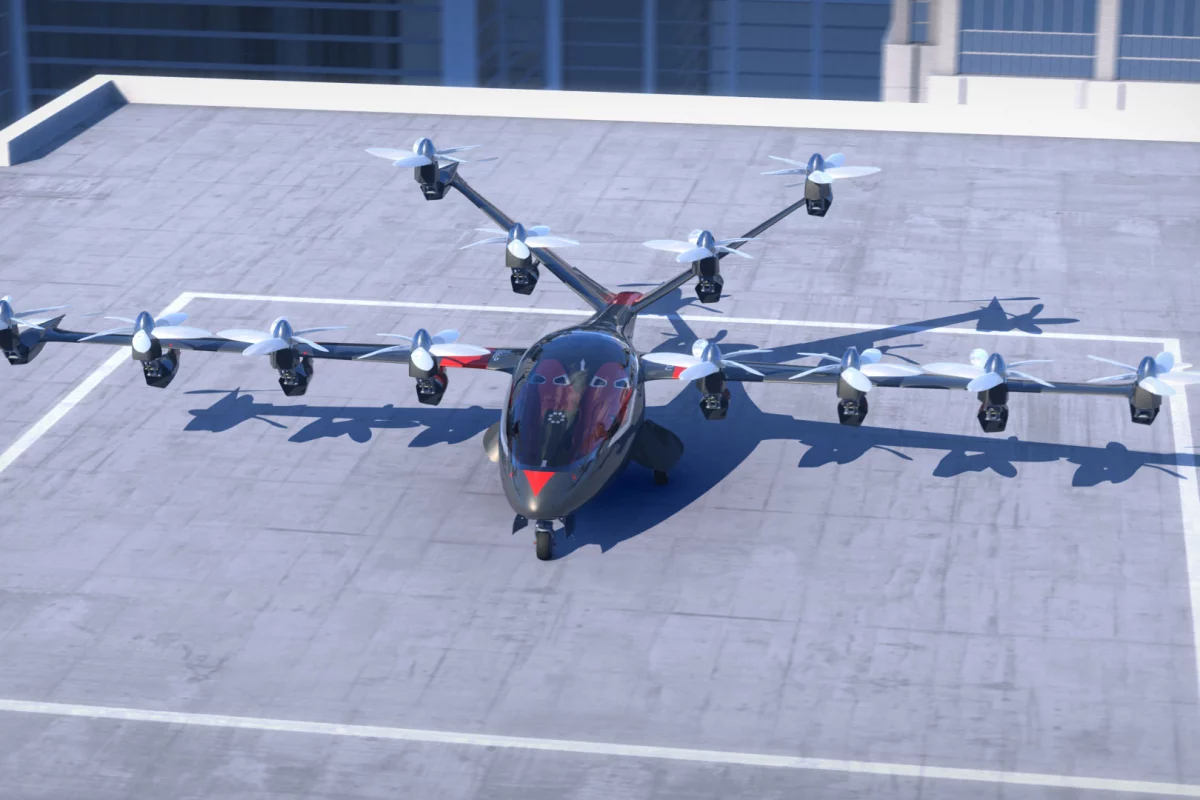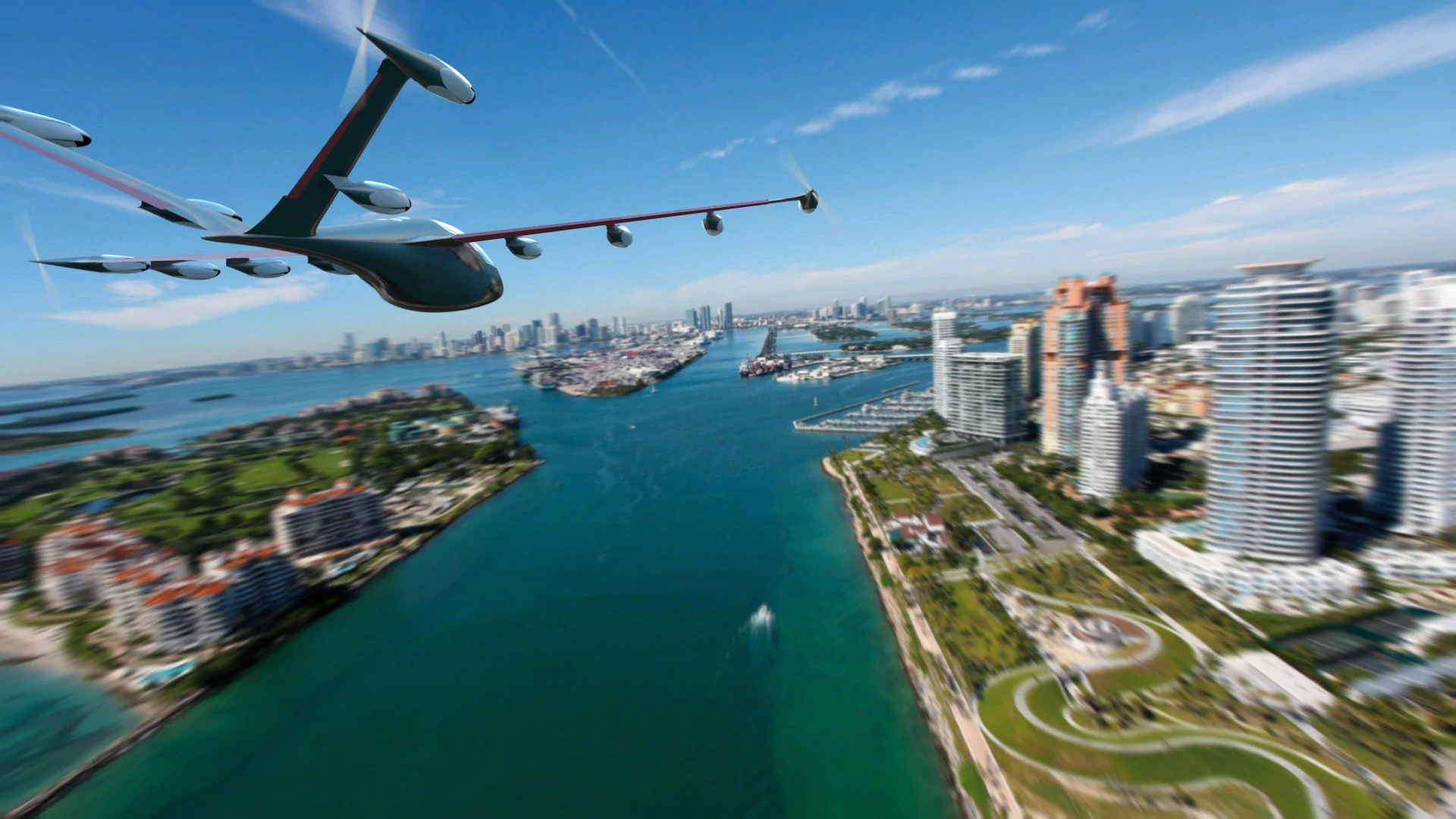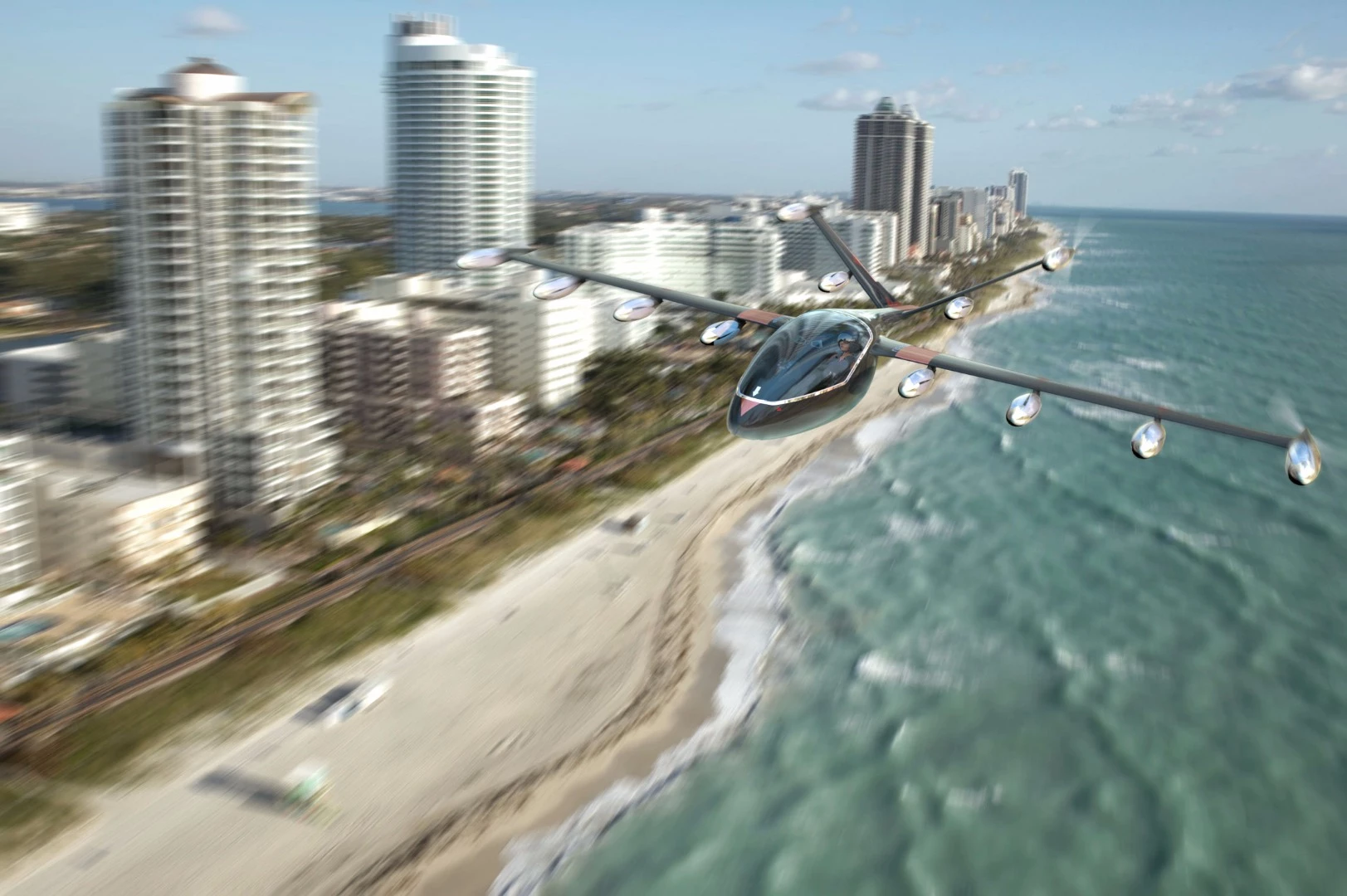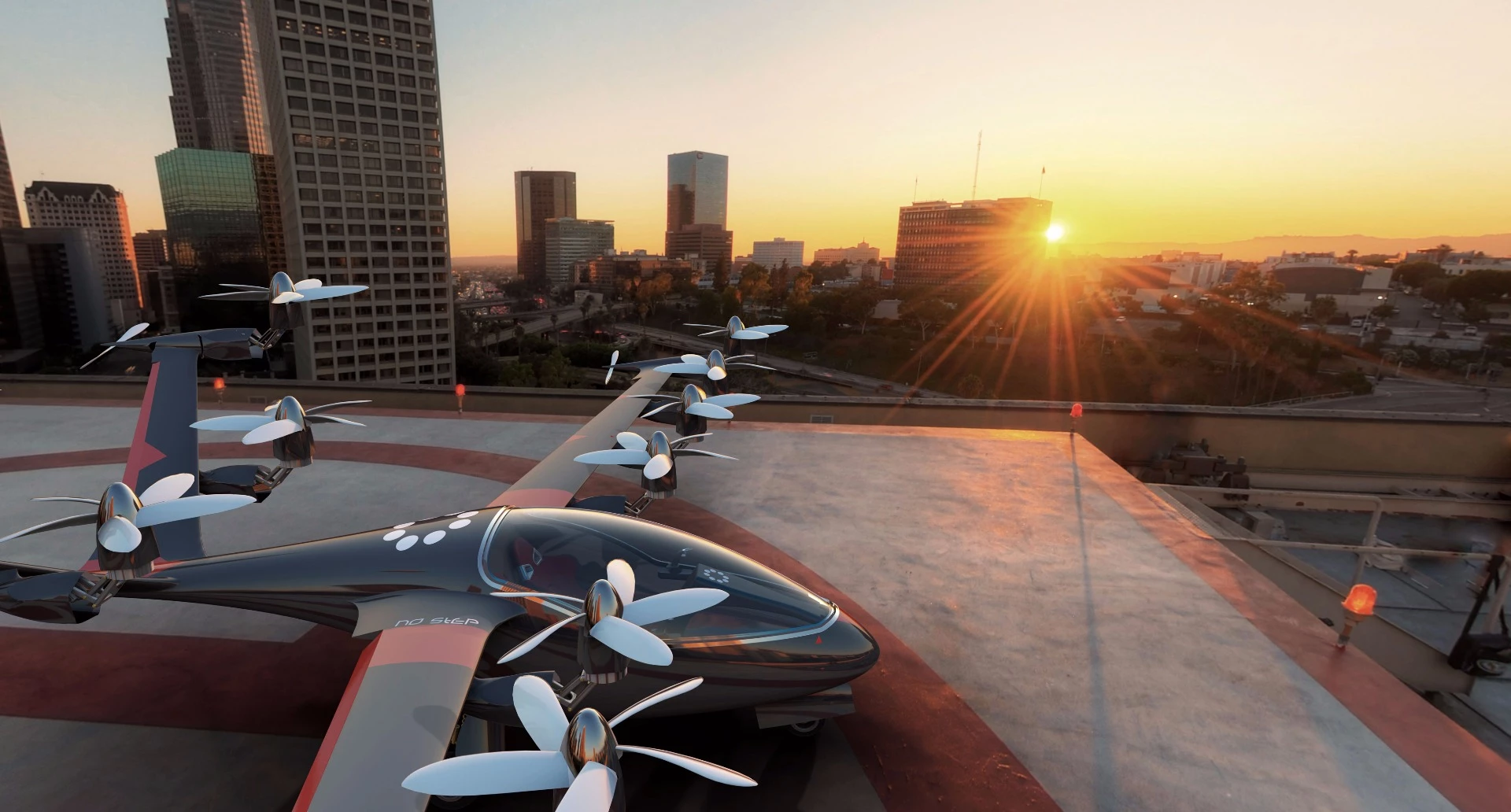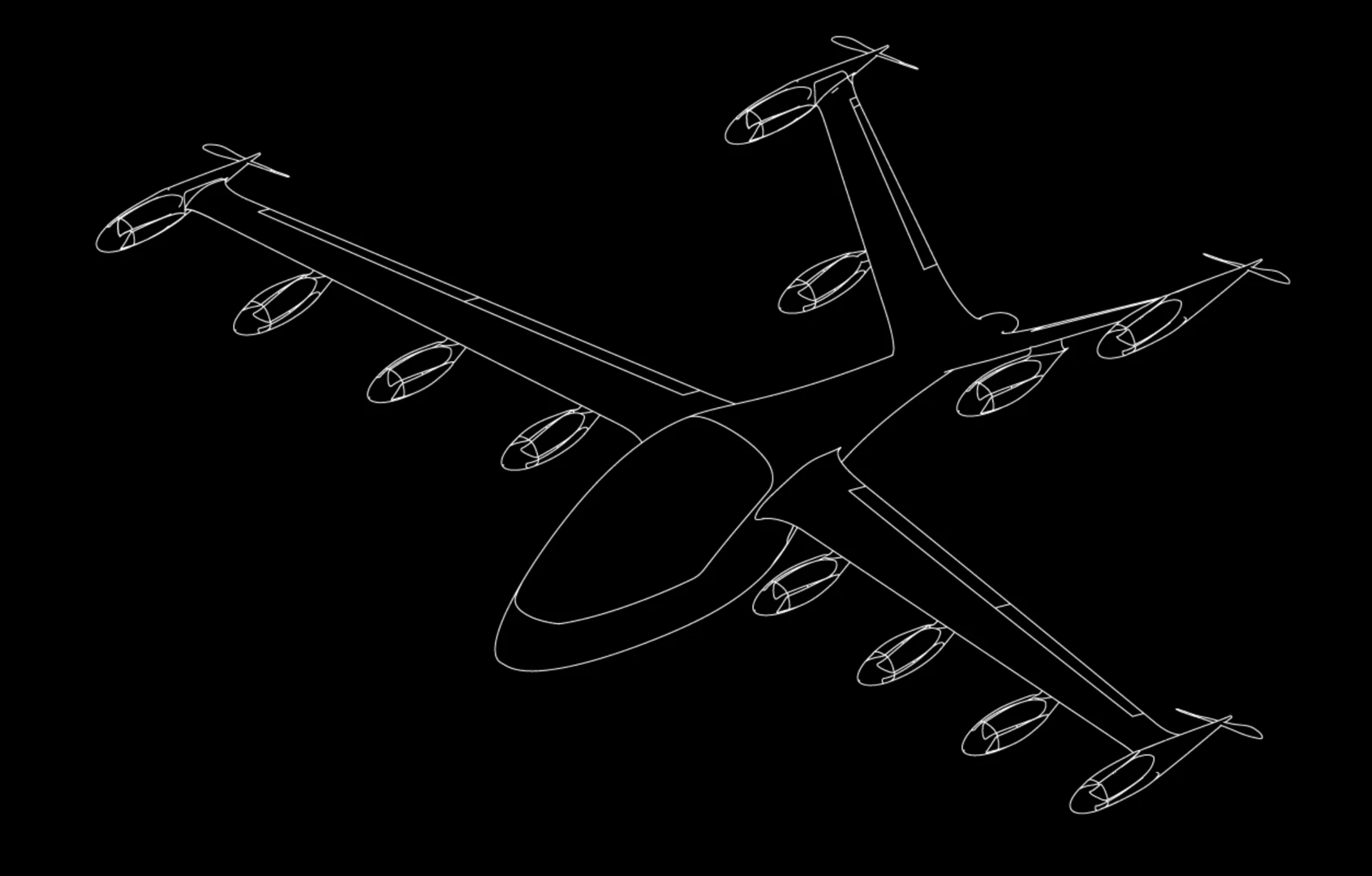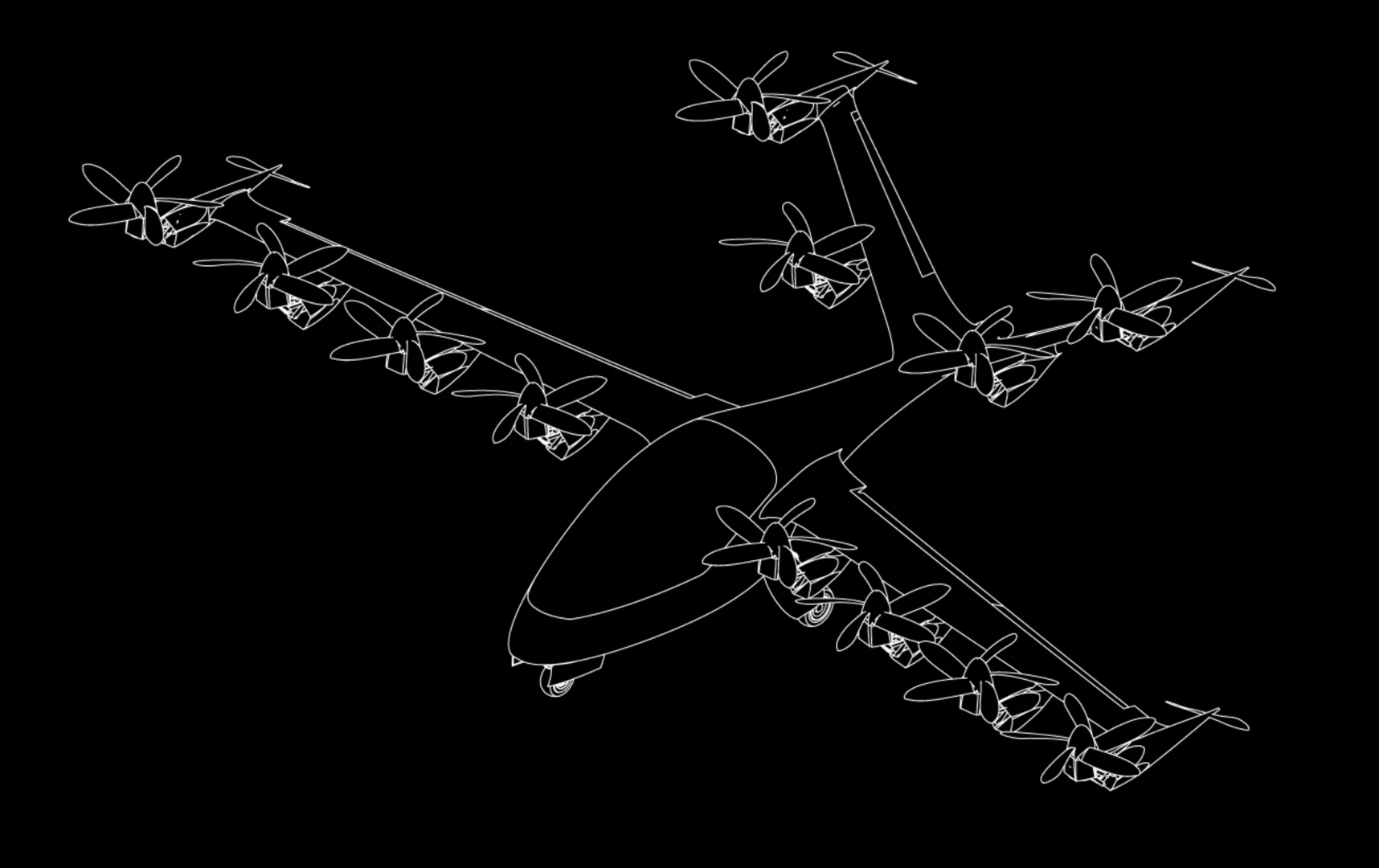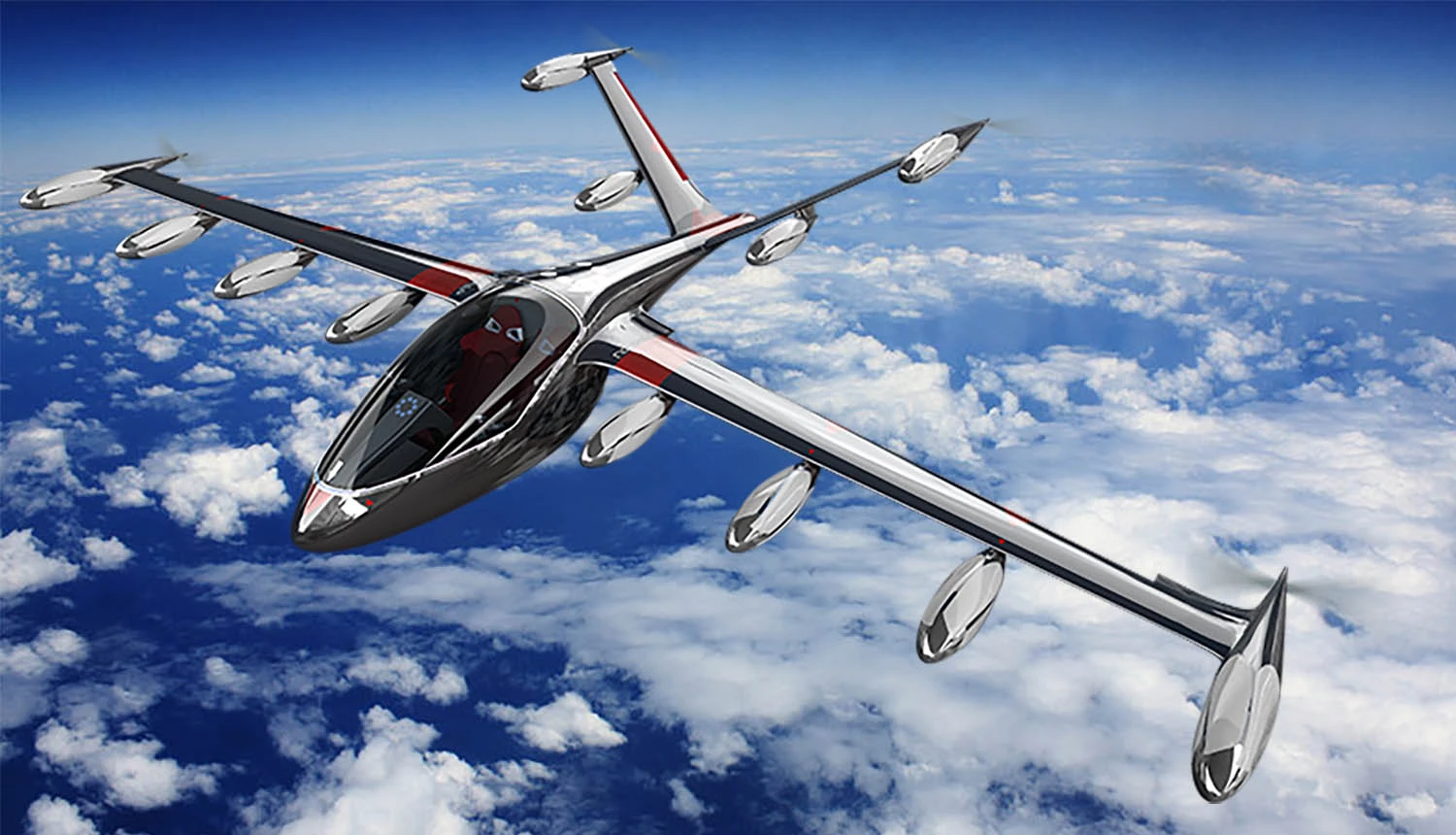Personal electric VTOL (vertical take off and landing) commuting may not be far off, thanks to accelerating improvements in battery technology. Joby Aviation has put forward an incredible two-seater plane concept that uses 12 tilting electric propellers to provide multirotor-style balanced VTOL capabilities. Once it reaches cruising speeds, these rotors fold away into aerodynamic bullet shapes, and the aircraft can reach speeds of up to 200 mph (322 km/h) and ranges of up to 200 miles using four additional cruise-optimized props on the backs of the wings and tail fins.
Serial entrepreneur JoeBen Bevirt made his name selling innovative bendy camera accessories under the Joby brand. Nifty jiggers, I've got a Gorillapod myself. In 2008, he branched out into renewable energy with a focus on airborne wind turbines under the Joby Energy brand.
The control systems and electric generators required to get the flying wind generators running produced a lot of technology relevant to another rapidly developing field – electric aviation – so Joby Aviation and Joby Motors were born.
The aviation company's first aircraft concept is an absolute cracker in the form of an electric twin-seat tilt-rotor capable of VTOL as well as high speed, long-range flight.

Taking advantage of the speed, responsiveness and efficiency of electric motors, the Joby S2 features no less than 16 propellers along its thin, forward-swept wings and V-shaped tail. Because electric motors are so quick and torquey, they're fixed-pitch propellers requiring no collective or cyclic control like that used by helicopters.
Twelve of those props are tilting designs that can face upwards to provide balanced, multirotor-styled vertical lift for takeoff and landing, then tilt forward to develop forward thrust and get you moving. They're also designed for low tip speeds to keep takeoff as quiet as possible, and having 12 of them on board gives you plenty of redundancy if a motor or two fails.
This kind of tilting electric multirotor action has recently been proven by NASA's GL-10 "Greased Lightning" prototype, but once you reach cruising speed, the Joby S2 has another trick up its sleeve; all 12 tilting props fold away into bullet-shaped pods for minimal drag, and four thinner rotors take over. These are cruise-optimized fixed-pitch propellers located on the backs of the wingtips and tailfins.

In cruise configuration, the S2 is designed for a 200 mph (322 km/h) top speed, which is much higher than, for example, the 120 mph (193 km/h) a Robinson R22 helicopter can manage, and some 60 mph (97 km/h) quicker than the cruising speed of a Cessna 172, the most common fixed-wing aircraft in production.
Running on lithium nickel cobalt manganese oxide batteries, the range would be around 200 miles (322 km) before you hit the 45-minute reserve mandated by the FAA. Range can be boosted by taking off and landing runway-style instead of VTOL, and since every prop on the plane is connected to an electric motor, there's some possibility of using ambient wind to put some power back into the battery when the aircraft is on the ground.
Joby believes it can produce the S2 for a price around the US$200,000 mark, and due to its fully electric operation, running costs should be a fraction of what a typical helicopter requires.
So what you've got is a two-seater with the convenience of a helicopter, the redundancy, stability and reduced noise of a 12-prop multirotor, the efficiency and low maintenance of an electric, and top speed figures closer to what fixed wings can achieve. A remarkable design that's only possible because of the rise and rise of lithium battery technology and high power electric motors.
It's an extraordinary design, by a true innovator with a well documented knack for starting very successful companies, so we wouldn't be surprised if the Joby Aviation team gets this one off the ground, so to speak. We sure hope so.
Check out some computer animation of the concept in the video below.
Source: Joby Aviation
